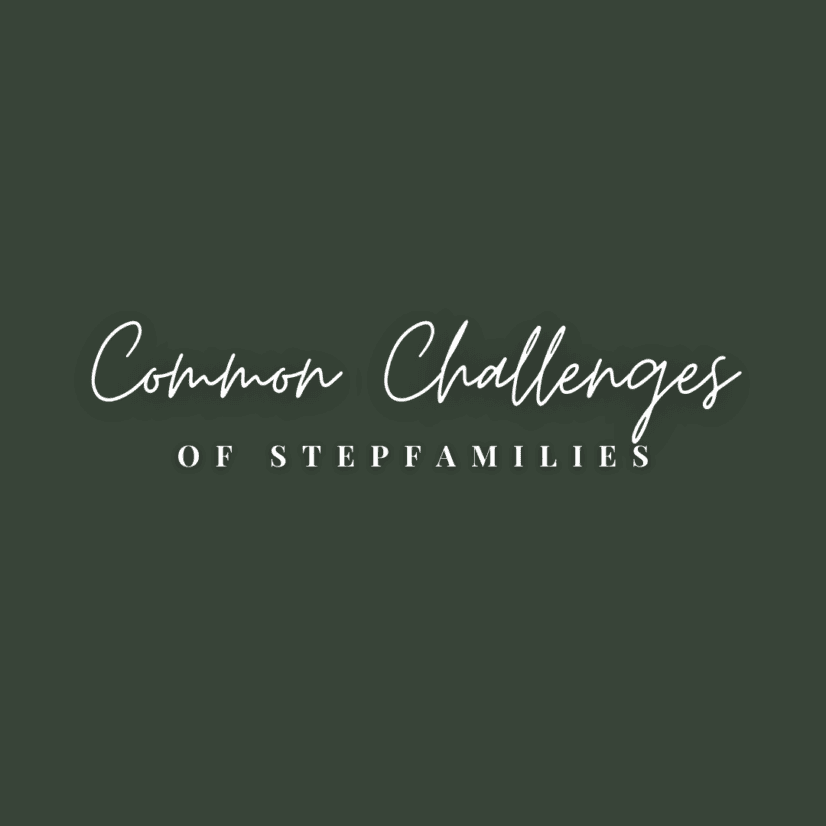In her book, “Surviving and Thriving in Stepfamily Relationships: What Works and What Doesn’t,” Patricia Papernow, EdD, discusses the five common challenges that a stepfamily can face and offers some straightforward guidance to help address them.
In my work with stepfamilies and in my own stepfamily experiences, I have witnessed and struggled with these challenges first-hand.
Every stepfamily is unique.
First-time families always start with a couple first, and then later, parents. But stepfamilies flip the order. First, there are children (to either one or both of the partners) and then the couple forms. That flip creates some unique challenges that nearly every stepfamily faces.
Here is an overview of the five challenges that are common to stepfamilies.
Insider/outsider positioning.
Parents tend to be in the insider positions and stepparents often get stuck feeling like the outsider. These positions can easily become fixed and can create quite a bit of intensity for the couple and the family. If you are the partner who is feeling like an outsider, then it’s time to switch things up. Intentionally select an activity that you enjoy or are good at, and with which your partner (the insider) struggles. By doing so, it moves you to the insider position. For example, if you’ve always loved ice skating, but your partner doesn’t. When you and your partner take the children ice skating, you are more likely to be the person the children turn to for help. In my work with stepfamilies, I have witnessed how this particular intervention can create a powerful shift for the family.
Children struggle with too much change, loss, and pulled loyalties.
The struggle of the children often gets missed by the couple as they are beginning their new life together. Take time to ask the children about their experience. Be open to the fact that their experience is different than yours. As you listen, validate what makes sense from your child’s perspective. Reassure your child that while things are different, you will still do your best to be there for them. Stepfamily relationships take some time to develop. Providing the children with understanding, patience, love, and acceptance is key.
Parenting challenges can be polarizing for the couple leaving one another believing that the other parent is too strict or permissive.
In order to strengthen the stepchild-stepparent bond, the stepparent first must build a positive relationship. As Dr. Papernow puts it, “Connection before correction.” It’s hard to build a positive relationship with a child when you are thrust into a disciplinary role too early.
The stepfamily has to build a new family culture.
Stepfamilies are comprised of the “Yours, Mine, and Ours.” It’s very important to intentionally include the important aspects of the Yours and Mine when creating the Ours. Healthy compromise involves listening and understanding and being open to making mistakes. It takes time for the members of a stepfamily to get to know one another. Allow room for error and realize that it’s a natural part of stepfamily formation.
Ex-spouses are an extended part of the new family.
Written By: Jackie Dunagan, LMFT, AAMFT Approved Supervisor

